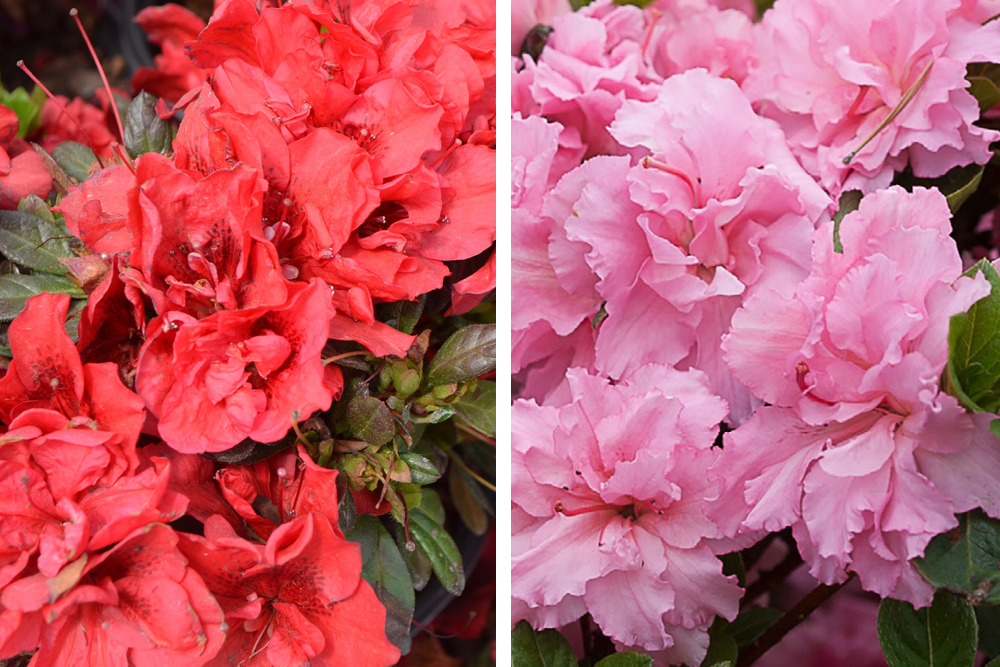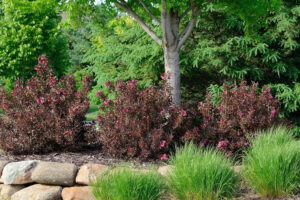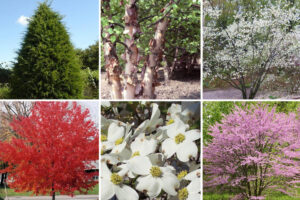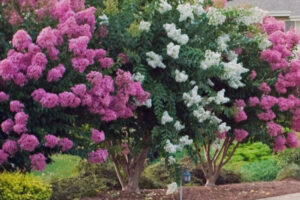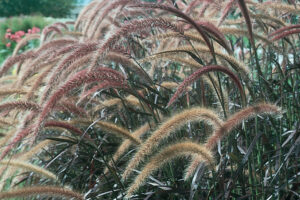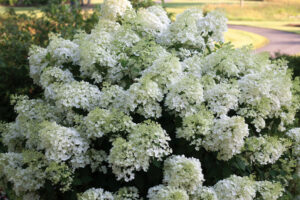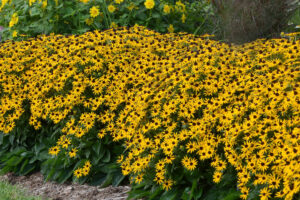Encore Azaleas
Encore Azaleas were developed by Robert “Buddy” Lee, a plant breeder and horticulturist from Louisiana, in the 1980s. Lee’s goal was to create an azalea variety that would bloom more than once a year, extending the traditional azalea blooming season, which typically occurs in the spring. By crossbreeding different azalea species, he created the Encore series, known for its ability to bloom in spring and fall. The name “Encore” refers to the fact that these azaleas provide a repeat performance after their initial bloom.
Encore Azaleas have become popular in the landscape industry due to their vibrant colors, extended blooming period, and low-maintenance nature. Today, they are among the most recognized and widely planted azalea brands.
Bloom-A-Thon Azaleas
Bloom-A-Thon Azaleas were introduced as a competitor to the Encore series, offering a similar feature of multi-season blooming. Developed by Proven Winners, a leading plant breeding and gardening company, Bloom-A-Thon Azaleas are known for their long-lasting flowers that appear in both spring and fall. The brand emphasizes disease resistance, extended blooming time, and shade tolerance, making them popular for gardens requiring partial shade and extended floral displays.
Both Encore and Bloom-A-Thon Azaleas represent significant advancements in azalea breeding. They allow gardeners to enjoy flowers twice a year without the high maintenance often associated with traditional azaleas.
Interesting Facts
1. Multi-season Blooms: Encore and Bloom-A-Thon azaleas are unique in their ability to bloom in two distinct seasons—spring and fall—unlike traditional azaleas, which bloom only in the spring. This feature significantly extends the time these plants add color to the landscape.
2. Wide Variety of Colors: Encore Azaleas come in various colors, including pinks, reds, purples, whites, and bicolored flowers. Bloom-A-Thon varieties also offer rich shades of pink, white, lavender, and red, with mottled and striped patterns adding to their ornamental appeal.
3. Hybrid Development: Encore Azaleas results from crossbreeding between spring-blooming azaleas (Rhododendron indicum) and species known for their ability to rebloom. Bloom-A-Thon azaleas were similarly bred for their repeat blooming cycle, focusing on improving disease resistance and bloom duration.
4. Part-shade Preference: While Encore and Bloom-A-Thon azaleas can tolerate full sun, they thrive in part-shade environments, especially with some protection from harsh afternoon sunlight. This makes them suitable for growing in woodland gardens or shaded borders.
5. Evergreen Shrubs: These azaleas are evergreen, meaning they retain their leaves year-round, even when not blooming. This ensures that they provide continuous structure and greenery in the garden.
6. Disease Resistance: Both series are bred for improved disease resistance compared to older azalea varieties. This trait reduces the need for heavy chemical use, making them a better choice for environmentally conscious gardeners.
7. Compact Growth Habit: These azaleas typically have a compact, low-mounding growth habit, making them ideal for smaller gardens, borders, or container planting. Their dense form makes them great for ground cover or as foundation plants.
8. Attract Pollinators: The vibrant flowers of both Encore and Bloom-A-Thon azaleas attract a wide range of pollinators, including bees, butterflies, and hummingbirds. This makes them beneficial to the local ecosystem and helps support garden biodiversity.
Key Growing Information
- Sun Exposure: Both types can grow in full sun to partial shade, but they perform best with some mid-afternoon shade to protect them from harsh sunlight.
- Watering: These azaleas prefer well-drained, slightly acidic soils. They thrive with consistent watering, especially during dry periods.
- Hardiness Zones: Encore Azaleas perform well in USDA Zones 6-9. Bloom-A-Thon varieties are suitable for Zones 6-8, making both adaptable to various climates.
Encore and Bloom-A-Thon azaleas represent the cutting edge of azalea breeding, allowing gardeners to enjoy extended blooms in spring and fall. These versatile, low-maintenance shrubs are ideal for various landscape settings, including borders, woodland gardens, and containers. With their vibrant colors, disease resistance, and ability to thrive in part shade, they are popular for enhancing gardens with year-round interest.

